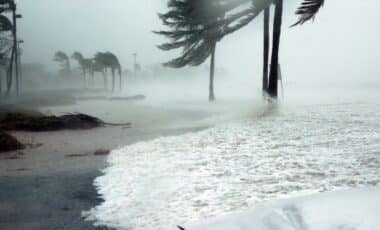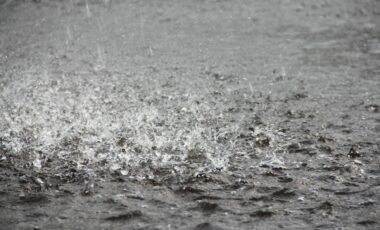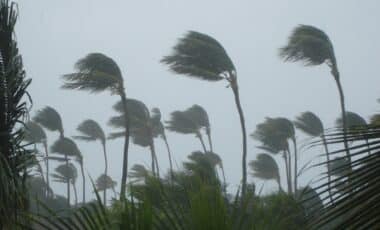A powerful cold front has swept across Australia, triggering violent winds that have disrupted four states—New South Wales, Victoria, South Australia, and Tasmania. These gusts, reaching speeds over 100 km/h, are part of a larger polar blast that has brought extreme cold temperatures and heavy snowfall, particularly in alpine regions.
This surge in wind strength, paired with the dropping temperatures, has created hazardous conditions for residents and travelers, especially in high-altitude areas. Authorities are urging people in affected zones to stay alert and prepare for further disruptions as the cold front continues to affect the nation.
Strong Winds Across Four States
On Tuesday, wind gusts reached remarkable speeds in several locations, with Thredbo in New South Wales recording the highest at 119 km/h. Other significant gusts included 107 km/h at Mount Buller in Victoria, 104 km/h at Mount Read in Tasmania, and 102 km/h at Cape Willoughby on Kangaroo Island, South Australia.
These strong winds have caused dangerous conditions, particularly in alpine regions, where the combination of high winds and freezing temperatures creates an increased risk of accidents and property damage. In addition, winds in Victoria’s Mount Hotham reached 111 km/h, while Thredbo experienced sustained winds of 100 km/h for over an hour. These powerful gusts are a reminder of the potency of polar fronts during Australia’s winter months.
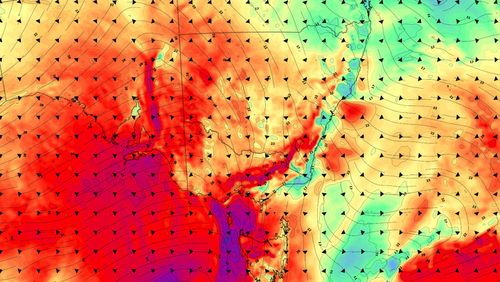
Impact on Alpine Regions
The polar blast has not only brought strong winds, but also plunging temperatures, particularly in alpine areas like Thredbo. At the height of the storm, the “feels like” temperature was recorded at a bone-chilling -23°C. This extreme cold, combined with high winds, has posed serious risks to both infrastructure and individuals. Many regions are now bracing for snowfalls, particularly in areas above 1,500 meters, with up to 40 cm of snow expected by Thursday.
Authorities have issued warnings to travelers and residents in alpine regions to stay cautious and follow safety measures. Snowstorms can lead to road closures, reduced visibility, and the risk of hypothermia for those caught outside without proper gear.
The Cold Front’s Extended Reach
The cold front’s reach is not expected to end soon. As it continues to travel through the country, it is bringing heavy snowfalls to alpine regions, including the Snowy Mountains and Victorian Alps. The snowfall, which has already begun, is expected to intensify throughout the week, leading to difficult conditions for those living and working in these areas.
In addition to the heavy snow, the wind chill factor is anticipated to remain intense, making it feel even colder than it actually is. These conditions could last until Thursday, with officials advising extra caution for those venturing into these cold zones.
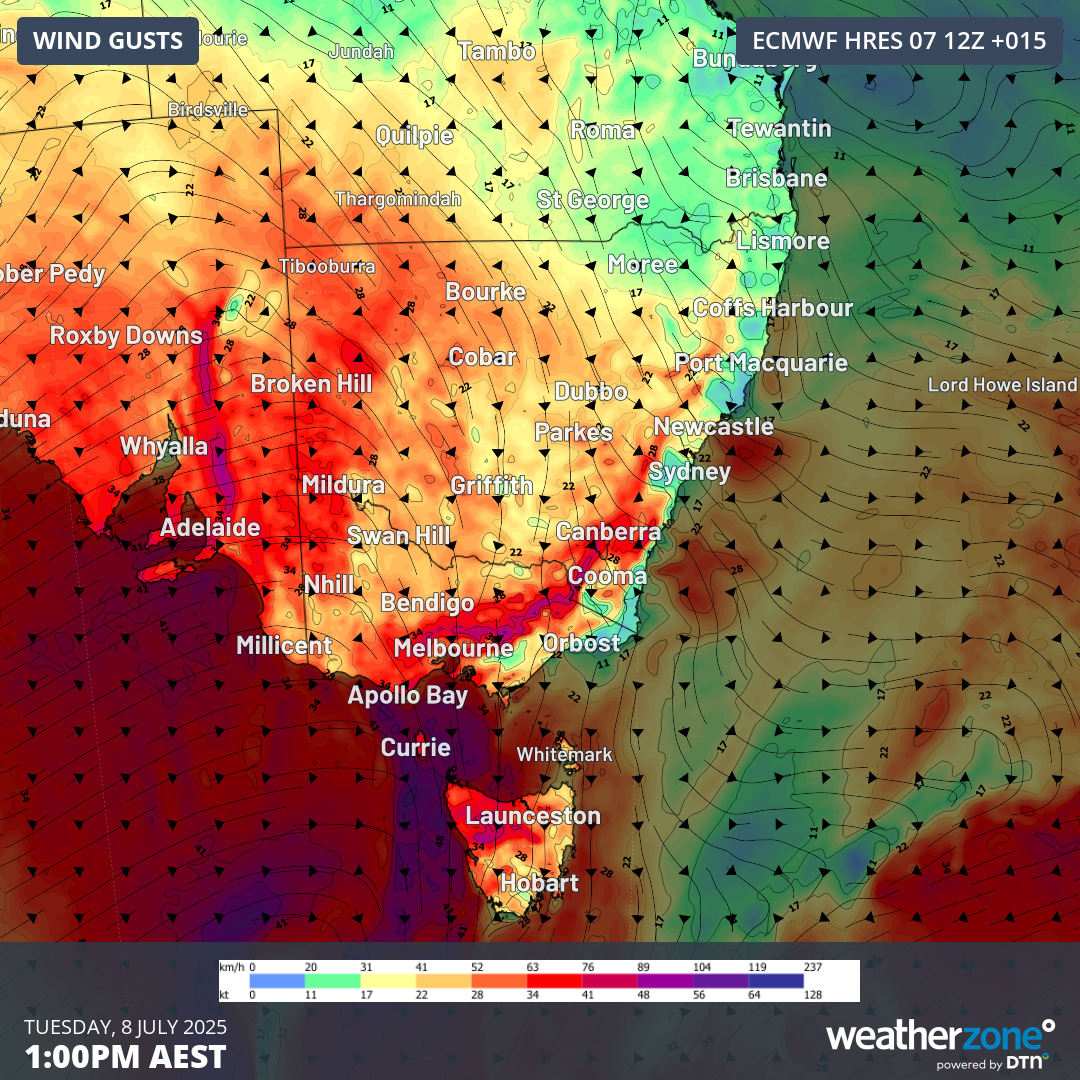
Authorities Urge Preparedness
With the ongoing threat of extreme weather, local authorities are urging residents to prepare for further disruptions. High winds and snow are expected to continue impacting several regions in the coming days. The cold front has already affected daily life, and experts warn that power outages, fallen trees, and blocked roads could further exacerbate the situation.
In response, emergency services have been mobilized to assist with clearing debris, assisting stranded travelers, and helping to maintain access to essential services. The weather event is a reminder of the ongoing challenges posed by extreme winter weather in Australia’s alpine and high-altitude regions.



